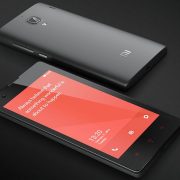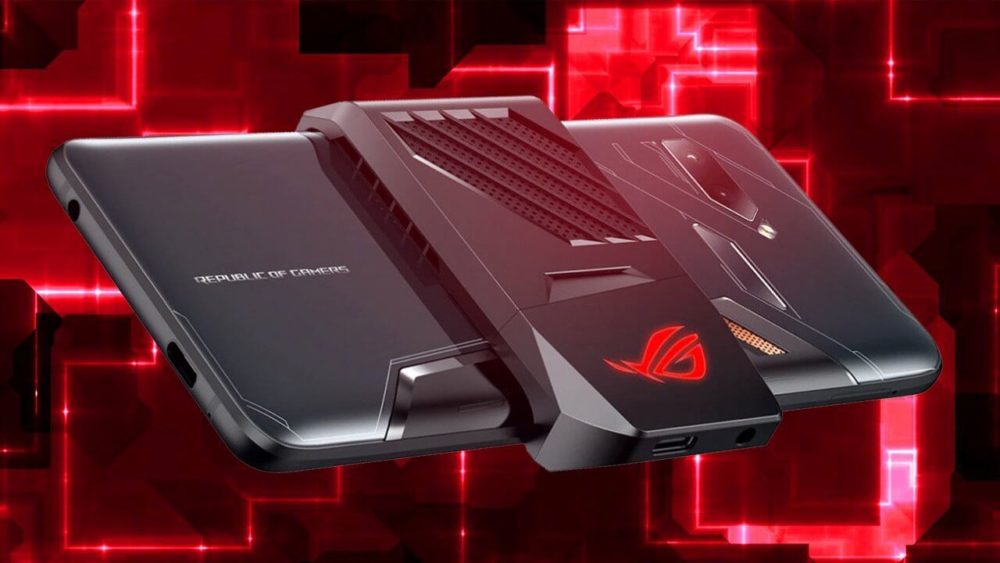Software and OS:
Redmi 1S runs on Android 4.3 Jelly bean with company’s very own UI. Xiaomi has introduced MIUI v5 custom ROM for Redmi 1S. UI of the Xiaomi runs very deep and replaces all Google services but it is readily available from Mi market app. Software section of Xiaomi falls behind as most of the new mediocre smartphone is hovering with latest Android OS. MIUI v5 is smooth and very light to operate and does have many customizations in homescreen and lockscreen menu of the phone.
Hardware & Performance:
Mid-range Smartphone is well organized with powerful Snapdragon 400 chipset housing with 1.6GHz quad-core Cortex-A7 processor, 1GB RAM and Adreno 305 GPU. Most of the companies are engaging their smartphones with Snapdragon 400 chipset as it delivers reliable and good performance on mediocre smartphones. Performance of Xiaomi Redmi 1S is good and tackles multi-tasking and multi-processing instruction generated by user quite comfortably. Snapdragon processors are known for delivering great results under stress and same was noticed on Redmi 1S. HD gaming and HD movies were no challenge for Redmi 1S.
Internal memory of the phone is given with 8GB which is quite low so to manage the storage capacity, Redmi 1S is given with expansion slot where you can insert micro SD card up to 32GB. Compare to Moto G new smartphone of Xiaomi has plus point of expansion slot. Connectivity features included in Redmi 1S are Wi-Fi b/g/n, Wi-Fi Direct and hotspot, Bluetooth 4.0, GPS and GLONASS, plus an FM radio with RDS.
Camera Quality:
Redmi 1S is sporting 8MP camera with flash and is advanced compare to Moto G’s 5MP camera. Xiaomi has introduced good settings in its camera UI to capture perfect click every time. Interface is simple and can be adjusted quickly while shooting images. Arrangement of settings like camera shortcut, camera/camcorder switch and flash settings on the left and settings toggle, the camera shutter and the gallery shortcut on the right are easy to use. To get a perfect click from 8MP camera shooter you can make use of settings like HDR, scenes, white balance, ISO, exposure, focus mode and many other settings.
Video can be shot at 1080p resolution which is another advantage over Moto G as its camera unit was capable of shooting 720p resolution video. Redmi 1S is given with front facing camera which is sufficient for selfie and video conferencing.
Battery Life:
Moto G and Redmi 1S has same battery strength but only difference is Moto G doesn’t provide removable battery feature whereas Redmi 1S allows you remove the battery and replace it with new. Battery produces good endurance rating of 51hours and also does produces good talk time, web browsing and video play back time. If you stress the phone with continuous web browsing and video playback it will drain off in approximately 7 hours which is good for mediocre smartphones.
Conclusion:
Xiaomi Redmi 1S did not work out as expected. It has average body ergonomics and has reflective display even though it has given with revolutionary AGC Dragontrail display. Hardware configuration of the phone is greatly arranged to produce good computing performance. Camera is been improved and is perfectly thumbs up for mediocre smartphones. OS and UI of the phone are simple but is running far behind in the race compare to Moto G. Price of the smartphone is competitive and with respect to the price of smartphone features and specs is good in Redmi 1S.






